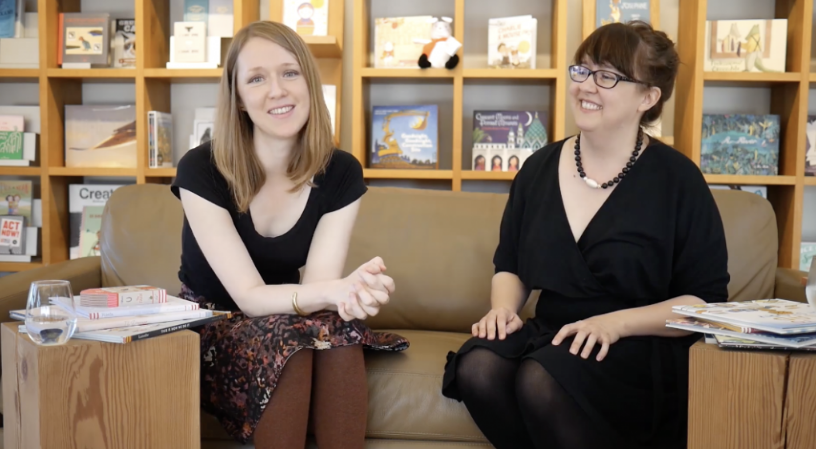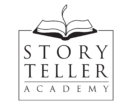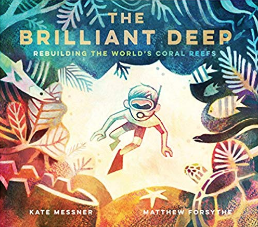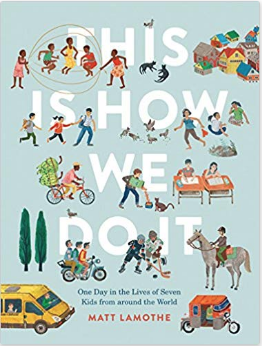Two Editors Talk Back Matter

For today’s post, I’m sharing opinions on back matter (supplementary material: author's note, index, bibliography, afterward, glossary, etc.) from two editors from Chronicle Books who are known throughout the children’s book industry for their daring and innovation with nonfiction picture books.
Among other things, Melissa Manlove is known for publishing a 4,000 word rhyming picture book biography of Josephine Baker, a picture book that explores the subnivean zone, and another picture book biography that ends with the death of Anna Pavlova. But my current favorite is Kate Messner’s The Brilliant Deep. The environment—coral reefs in particular—can be a depressing subject, but this is a triumphant story about someone who took the time and effort to restore something that he loved. I hope it inspires others.
Ariel Richardson's nonfiction includes board books. And I wish you luck finding an editor at another publisher who’d be happy to see your nonfiction board book in her unsolicited submissions. It’s hard to sell board books. My favorite nonfiction title of Ariel’s is probably Matt Lamothe’s This Is How We Do It. It gives you one day in the lives of seven children in various countries. You get to see how they eat and play and go to school.
I’m not sure why I find writing nonfiction picture books so daunting, but I do. I love reading them. I’ve started several of them that haven’t gone anywhere, and I have fiction picture books that I’d love to enrich with nonfiction back matter.
Sometimes, I think back matter really would add depth to the story, and other times, I wonder if it’s a bit of a stretch. I should just research and write the back matter, though. If it doesn’t belong to the book that I meant it for, the back matter might become its own picture book, or inspire another picture book that does belong with it.
Here's a highlight from Melissa and Ariel's Submission Ready class.
My Favorite Quotes
Melissa Manlove: “Ideally, it would already be in the manuscript, especially if it’s a shorter manuscript—shorter back matter. Sometimes I’ve brought manuscripts to our editorial meeting . . . and the other editors are like, “I liked it. And then I read the back matter, and I loved it! Why isn’t this piece that’s in the back matter in the main text? So, the more you can provide people with, the better.”
Ariel Richardson: “I want to know that you’ve done your research. I want to know the backstory. I love back matter! I’m passionate about back matter!”
“There’s no reason not to put it in right away. If you don’t put it in, and you think your manuscript has the potential for back matter, I think it’s fine to put a little list in the back.”
They also mentioned that it's fine to suggest back matter, especially glossaries and indexes in a cover letter.
Do you have any questions about back matter? If so, you can ask them in the comments!
Thanks for reading!
Blog Contributors

Myrna Foster writes and edits content for Storyteller Academy and the WriteRiders Newsletter for SCBWI Nevada. She has spent a lot of time teaching and coaching children, including five years as a preschool teacher. She's also worked as a journalist, and Highlights High Five has published six of her poems.

Arree Chung is an author/illustrator and the founder of Storyteller Academy. Arree’s Ninja! series has received starred reviews from Kirkus and School Library Journal. Kirkus also gave a starred review to Mixed, which recently won the FCGB award.
Today Arree lives a creative life, making stories for children. Arree spends most of his time making picture books, writing middle grade novels, and sharing his love for art, design, and storytelling with kids and dreamers everywhere.


